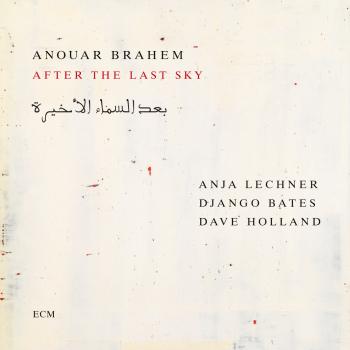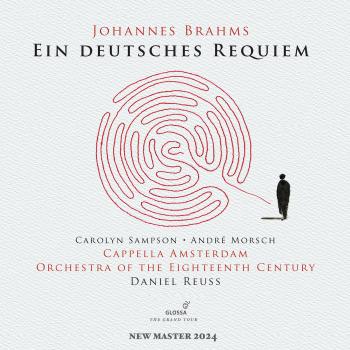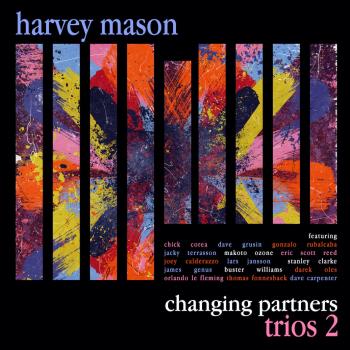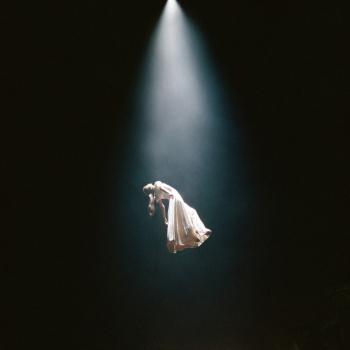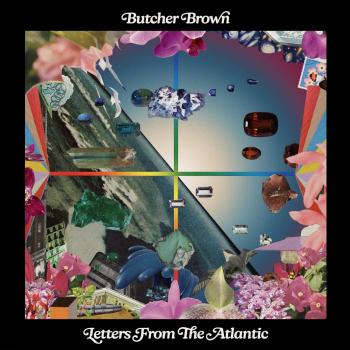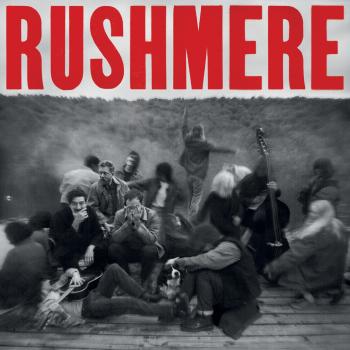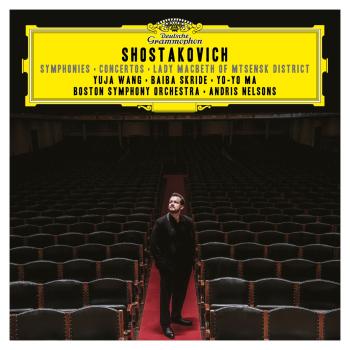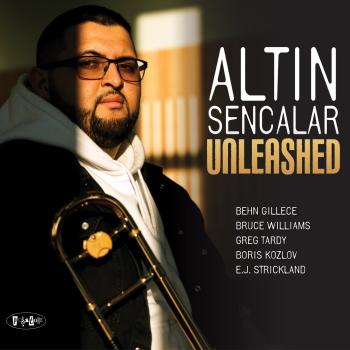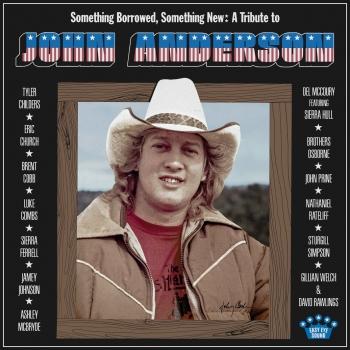Various Artists - John Anderson
Biographie Various Artists - John Anderson
John Anderson
Hoeing orange trees was less than ideal, and so John Anderson took a gig as a plumber’s helper. The pay was alright and the work was steady, but music pulled at Anderson’s 17-year-old heart, and you had to be 21 to play, sing, or drink in Central Florida honky-tonks. Anderson left his home — a magical kingdom until Walt Disney put Cinderella’s Castle on the land that God meant for fathers and sons to hunt turkeys together — and headed 700 miles northwest, to Nashville.
It was the summer of 1972, when songwriting legends walked the streets and pounded the pinball machines. Anderson wanted in, even if it meant living on wages that didn’t provide for essentials like bait and shotgun shells. He took a job as a construction laborer, working on a newfangled building called the Grand Ole Opry House.
Not long after taking the job, he got a raise: They raised him up to the roof, where he thought about how the Nashville wind blows cold and where he stared down at a big, deep hole, with rebars sticking up. That hole would soon become a stage, and that stage was where Anderson wanted to be.
Turns out, he made it. It was holy hell, but he made it to the Opry stage and far beyond. He made it with a voice that was traditional enough to make Emmylou Harris wonder if Anderson might be a distant relative of Lefty Frizzell, yet that was, and is, instantly identifiable. He made it with original music that landed him in the Nashville Songwriters Hall of Fame, and with radio hits including chart-toppers “Swingin,’” “Straight Tequila Night,” “Wild and Blue,” “Black Sheep,” and “Money in the Bank.”
Before Ricky Skaggs, George Strait, and Randy Travis were household names, John Anderson was Nashville’s young and hard-charging traditionalist, devoted to extending the legacies forged by Haggard, Jones, and Cash, and loathe to compromise when he knew he was right. And, when it came to making music, he knew he was right.
“Back then, it seemed like there wasn’t a whole lot of real country music, the way I think of it,” Harris said. “Then along came John Anderson: John was doing this, and he was all by himself.”
Anderson signed with Warner Bros. in 1976, and set about making music that would gain notice from legends. Haggard heard him early on, and invited him on the bus for a heart-to-heart.
“He said his guitar player, Roy Nichols, brought him a 45 of ‘Your Lying Blue Eyes,’ Anderson remembers. “He said, ‘I’ve loved you ever since.’ But then he looked me in the eye and said, ‘Do you love this, son?’ ‘Yessir, I really do.’ No, do you really, really love it.’ I said, ‘Yessir. Hell, I’m talking to Merle Haggard and I can’t really stand myself right now, but I really love it.’ We went on to to 40 years of being buddies, Me and Merle.”
At the time “Your Lying Blue Eyes” came out, Anderson was playing with house bands around the South. The song became his first Top 20 hit, and soon the name “John Anderson” on a roadside club sign was enough to fill up a parking lot with Trans Ams and pickup trucks. A string of hits ensued, with “1959,” “Chicken Truck,” “I Just Came Home To Count the Memories” and “Would You Catch a Falling Star” leading up to his breakthrough, the John Scott Sherrill-penned “Wild and Blue.” That song was the title track of an album that included Anderson’s first million-selling single, “Swingin,’” written with old friend and running partner Lionel Delmore.

